RSS
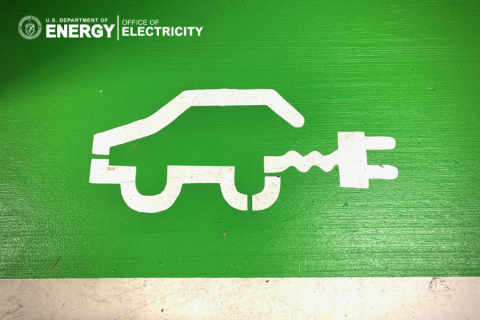
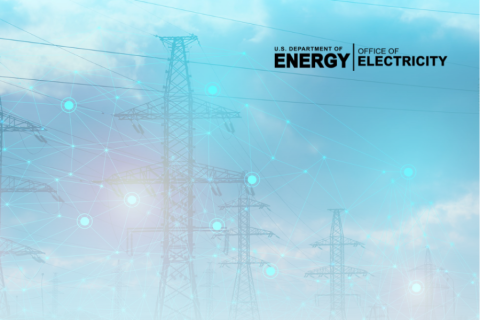
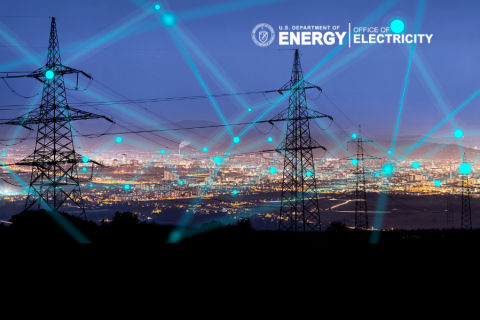
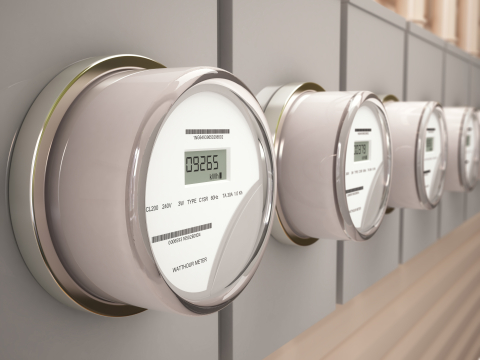
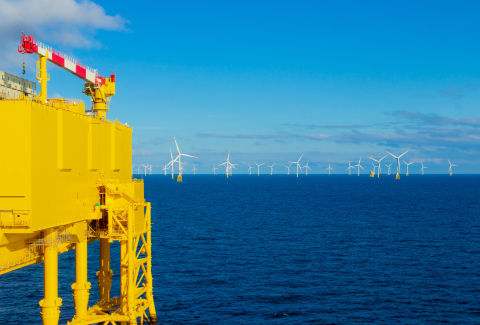
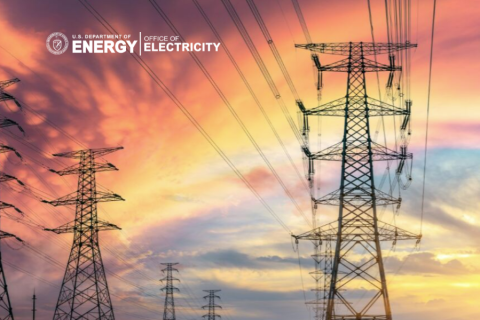





Our nation is transitioning to a decarbonized, electrified energy future.

A future-ready grid requires infrastructure built with the latest technologies, including everything from complex devices compatible with digital technology to fundamental capabilities.

If I asked you to envision the electric grid, you would probably think of a big, complex, physical system with lots of steel, copper, and concrete: towers, wires, transformers, and power plants.

A future-ready grid requires infrastructure with the latest technology, including everything from complex devices compatible with digital technology to fundamental components. Grid-enhancing technologies (GETs) will help prepare the grid of the future.

DOE released a $10 million funding opportunity announcement to fund research to drive innovation and reduce costs of high-voltage direct current.

High-Voltage Direct Current (HVDC) transmission has significant advantages compared to conventional alternating current (AC) line.

These are truly exciting days in the energy storage field! A 21st century power grid will need to integrate increasingly diverse sources of electricity, and that calls for advancements in the performance and affordability of storage technologies.

Energy storage is a key part of a future-ready grid. The power grid is getting pulled and pushed in new directions every day from weather, electrification, and renewables.

The Office of Electricity’s (OE) Grid Systems and Component Division ensures that the nation’s electric grid can accommodate and support all electrical generation sources and loads.

In the rapidly evolving landscape of energy consumption, electricity has become the driving force behind not only our homes and communities, but also our vehicles, economy, and national security.

